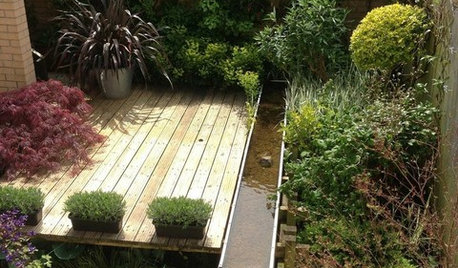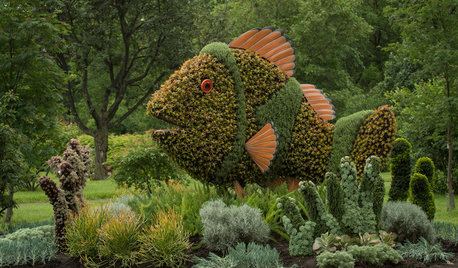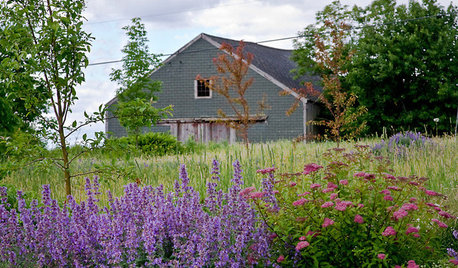Interested in Cheyenne Horticultural Field Station Varieties
mrs.b_in_wy
14 years ago
Related Stories

HOUZZ TOURSMy Houzz: Reinventing a 1930 Fire Station for Family Life
Don't sound the alarm because the fire engine is gone; this remodeled station now happily hosts fundraisers and two generations of a family
Full Story
KITCHEN DESIGNExpert Talk: Design Lessons From 9 Stunning Kitchens
Architects share a behind-the-scenes look at the design decisions for some of their most interesting kitchen projects
Full Story
CONTAINER GARDENS3 Steps to Creating Quick, Easy and Colorful Succulent Containers
Take a bright container, add a colorful succulent or two and have a professional, summery design in minutes
Full Story
INSPIRING GARDENSFrom Concrete Lot to Gracious Organic Garden in Seattle
Plants, pests and even weeds have a place in this landscape, which offers an edible bounty and a feast for the eyes
Full Story
LANDSCAPE DESIGNThe Case for Functional Garden Design
Clear away the decoration to give every area of your garden a clear function
Full Story
LANDSCAPE DESIGNSee Chelsea Flower Show Ideas Flourishing in a Real Backyard
Can trends in high-design show gardens translate to everyday yards? The proof is in the plantings
Full Story
INSPIRING GARDENSLiving Sculptures Delight at the Montreal Botanical Garden
Go see it: clownfish, lemurs, frogs, loyal dogs and more — designers have turned plants into art for a fantastic summer installation
Full Story
GARDENING AND LANDSCAPINGLandscape Tour: Two Acres of Rural Hillside in Maine
An orchard of crab apples, a grove of sugar maples, even a hayfield ... pastoral landscape beauty doesn't get more idyllic than this
Full Story
WORKING WITH PROSWhat Do Landscape Architects Do?
There are many misconceptions about what landscape architects do. Learn what they bring to a project
Full Story
HOME OFFICESThe 20 Most Popular Home Office Photos of 2015
Technology paves the way for space-saving work areas, while designers make up for small sizes with style
Full StoryMore Discussions







carolyn137
mulio
Related Professionals
Clemson Landscape Architects & Landscape Designers · Broomfield Landscape Contractors · Huntington Landscape Contractors · Mercedes Landscape Contractors · New Baltimore Landscape Contractors · South Hackensack Landscape Contractors · Cottage Grove General Contractors · Eau Claire General Contractors · Marysville General Contractors · San Marcos General Contractors · Winton General Contractors · Blue Springs Decks, Patios & Outdoor Enclosures · Green Bay Decks, Patios & Outdoor Enclosures · Haddonfield Decks, Patios & Outdoor Enclosures · West Palm Beach Decks, Patios & Outdoor Enclosurescarolyn137
mrs.b_in_wyOriginal Author
mulio
mulio
carolyn137
trudi_d
mrs.b_in_wyOriginal Author
colokid
trudi_d
milehighgirl
milehighgirl
mrs.b_in_wyOriginal Author
colokid
mrs.b_in_wyOriginal Author